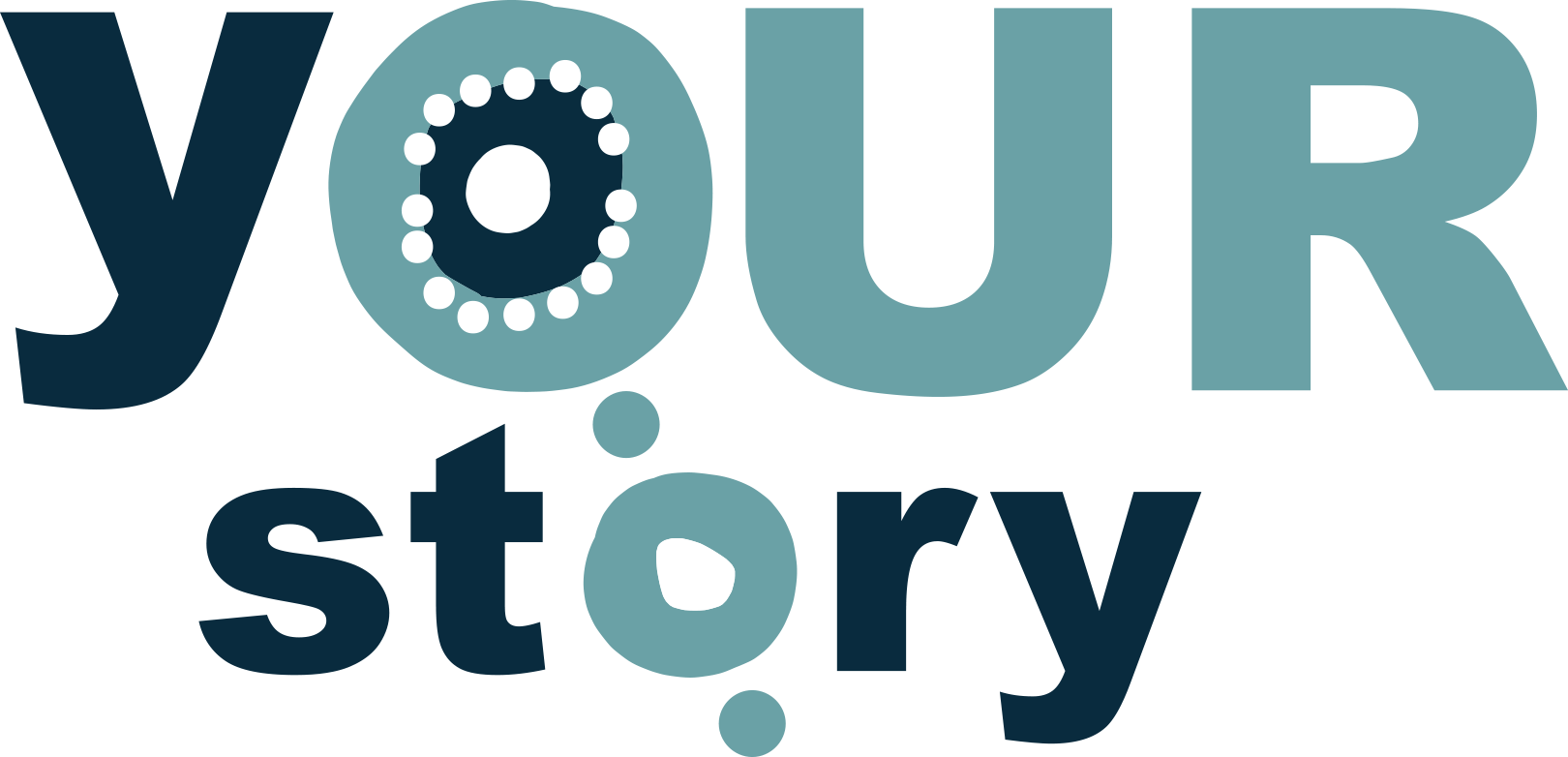Students will learn about Aboriginal and Torres Strait Islander peoples and lifeways through the resources and teaching strategies that educators choose, so it’s important that these are culturally appropriate and from appropriate sources. Educators need to make deliberate and informed choices about the resources and teaching strategies they use.
Throw a stone into the river and it causes ever-widening ripples. The choices we make in classroom practice also create ripples, expanding our ability to contribute to Indigenous rights and reconciliation.
To teach in the spirit of reconciliation and through a Rights-based perspective, there needs to be a level of critical discernment in the way in which culturally appropriate resources are chosen and pedagogical strategies employed. Racism, either overt or covert, exists in many publications and practices so there is a need for teachers to be skilled to critically read, reflect and select appropriate materials and strategies in their classrooms.
This page is built around a Reflect-Inquire-Reflect cycle.
- Start by using Statements of Intent to take a ‘snapshot’ of what you know and do.
- Reflect on your current practice and knowledge.
- Follow the Inquiry questions to explore potential changes to your practice.
- Then Reflect again on what you have learned and can do.
- Capture your reflections and learning and make plans.
Reflect
Where am I in our Story?
Everyone’s story is unique.
For each Statement, move the slider to indicate your current level of confidence in achieving the intention. A question will appear under each Statement that helps you gauge your current understanding.
Statements of Intent
Everyone’s story is their own.
Look at where you have positioned your sliders above – further to the left or right. Identify the areas that you currently know and do, and don’t know and do, in your teaching practice.
What do I know now?
What do I not know?
What do I do?
Everyone’s story can change.
Reflect on your responses using these prompts:
What credible sources is my knowledge based on?
- Sometimes we ‘just know things’ but our knowledge has come from somewhere. Reflect on the current sources of your knowledge.
What is causing gaps in my knowledge?
- Always probe further than your initial answer. For example, “I didn’t learn this at school” becomes “Why didn’t I learn this at school?”
Why am I doing some things and not others?
- We often just do things a certain way without asking why it’s that way and not another way. If you answer: “It’s how everyone else does it” take it further: “Why is everyone doing it that way”?
Inquire
What is my part in our story?
Everyone’s journey is their own.
Now you know more about what you know and do and don’t know and do, and why. Use the Inquiry questions and resources and strategies below to continue your learning journey.
Inquiry Questions
- The first people to learn from are Aboriginal and Torres Strait Islander people. Use your existing connections to locate Aboriginal and Torres Strait Islander people who are able to teach you. In this role, you are a listener and a learner.
- There are many resources online and in books that have information about Aboriginal and Torres Strait Islander people. These resources, and the information they contain, need to be considered carefully: who is telling the story? What are they including and what are they leaving out? Always look for resources that have been created by or in collaboration with Aboriginal and Torres Strait Islander people.
- Search for information about Aboriginal and Torres Strait Islander people in your local area. Who wrote the information? How are Aboriginal and Torres Strait Islander understandings and voices incorporated? Whose story is really being told? Is this resource giving you the Aboriginal and Torres Strait Islander perspectives that you need?
- The www.shareourpride.org.au website has factual information about Aboriginal and Torres Strait Islander people, cultures, histories and perspectives. You will hear the perspectives of many Aboriginal and Torres Strait Islander people in their own words.
- The best place to start is with local Aboriginal and Torres Strait Islander educators, parents and community members, who are the local experts and knowledge holders.
- Who could you contact in your local area?
- Aboriginal and Torres Strait Islander education experts can most often be found in universities. Most have public profiles in which they acknowledge their Nation and people. You can review their publication and research records.
- There are many non-Indigenous academics who also research and publish in Indigenous education. One of the important aspects to consider is the extent of collaboration with Aboriginal and Torres Strait Islander researchers and participants to define the purpose and perspectives of the research, and the extent to which Aboriginal and Torres Strait Islander voices and perspectives shape and inform the research.
- Look at the teacher education you have received: how many Indigenous voices guided your learning?
- Whenever you find resources about teaching Aboriginal and Torres Strait Islander students and perspectives, have a look at who wrote it, who was involved in creating it and in what capacity they were involved.
- A detailed list of resource evaluation questions can be found on the Respect Relationships Reconciliation website in their Evaluating texts activity.
- Choose a resource that is used in your school to teach about Indigenous Australia, and evaluate it using one of the question lists above. Is the resource appropriate?
- How could you audit the resources used to teach about Indigenous Australia across the school? Who should be involved?
- This literature review of research relating to culturally responsive pedagogy for teaching Aboriginal and Torres Strait Islander students has useful lists of pedagogical approaches, but also provides more in-depth information about why these are good choices for Aboriginal and Torres Strait Islander students.
- After reading the paper, which strategies could be incorporated into the classrooms of your school?
- Honouring Indigenous Connections: Linking culture to education and care practices provides examples of Early childhood centres engaging with Indigenous content for educators and children.
- The What Works project collected these case studies of Indigenous cultures in schools that cover many different contexts.
- Now that you have looked at some case studies, what could you implement at your school? Who would you need to contact for advice and who would need to be involved?
- To explore this question, you need to be confident in your knowledge about Reconciliation. www.reconciliation.org.au is a good place to start. After reading about Reconciliation and its 5 dimensions, write a summary of what Reconciliation means to you, and what it means for you.
- How could you determine if the resources you are using, and the pedagogical choices you are making, contribute to Reconciliation?
- You also need to understand Indigenous Rights, as they are articulated in the United Nations Declaration on the Rights of Indigenous People (UNDRIP), and what they mean in the Australian context.
- What does the UNDRIP say about Indigenous education rights? What does this mean for teaching practice?
- Now that you know some more about Reconciliation and Indigenous Rights, create some principles to guide the selection of curriculum resources and pedagogy.
Everyone’s journey is unique to place and people.
Identify who you could work with and the changes you could make in your practice.
How can I find out what I need to know?
- Seek Aboriginal and Torres Strait Islander sources and resources.
What changes can I make?
- Aim for the achievable.
Reflect
How do I continue our story?
Now that you have learned more and identified ways to change your practice, you have the opportunity to begin the reflection cycle again. Learning never stops!
- What do I know now? Can I expand my sources of knowledge?
- What else can I learn? What’s influencing the things I am learning?
- What can I do? Why am I choosing to do those things?
Next steps
Your learning journey is now well underway! Use the Reflect-Inquire-Reflect model to keep learning, to change practice, to work together with Aboriginal and Torres Strait Islander Peoples and improve educational outcomes for our students.
Continue to learn and choose another principle to explore from the menu at the bottom of the page. Enjoy your journey!
Include Me. (n.d.). Honouring Indigenous connections: Linking culture to education and care practice. Accessed at http://idfm.org.au/WWW_IDFM/media/Media/Honouring-Indigenous-Connections.pdf
Krakouer, J. (2015). Literature review relating to the current context and discourse on Indigenous cultural awareness in the teaching space: Critical pedagogies and improving Indigenous learning outcomes through cultural responsiveness. Accessed at https://research.acer.edu.au/cgi/viewcontent.cgi?article=1043&context=indigenous_education
Narragunnawali. (n.d.) Evaluating Resources guide [PDF]. Accessed at https://www.narragunnawali.org.au/uploads/media/professional-learning/Evaluating%20Resources%20Guide-fe1ee76600.pdf – BROKEN LINK
Oscar, J. & Anderson, K. (2010). Bunuba – Walmajarri: Indigenous Studies within the Primary Years Curriculum. Accessed at http://www.wesleycollege.net/~/media/Files/Wesley%20College%20Institute/Global%20Language%20Convention/June%20OscarKimAndersonFact%20sheetBunubaWalmajarri%20Project.pdf – BROKEN LINK
Reconciliation Australia. (n.d). Share our pride [website]. Accessed at http://www.shareourpride.org.au
Reconciliation Australia. (n.d). The United Nations Declaration on the Rights of Indigenous Peoples [PDF]. Accessed at https://www.reconciliation.org.au/wp-content/uploads/2017/11/Reconciliation-Australia-United-Nations-Declaration-on-the-Rights-of-Indigenous-Peoples-UNDRIP.pdf
Reconciliation Australia. (2018). What is Reconciliation? [webpage]. Accessed at https://www.reconciliation.org.au/what-is-reconciliation/
United Nations. (2017). United Nations Declaration on the Rights of Indigenous Peoples [PDF]. Accessed at https://www.un.org/esa/socdev/unpfii/documents/DRIPS_en.pdf
University of South Australia. (2013). Respect, Relationships Reconciliation (the 3Rs) – Aboriginal and Torres Strait Islander education: Resources for pre-service teachers. Accessed at https://rrr.edu.au/unit/module-3/topic-4/evaluating-texts/
What Works. (2018). Indigenous cultures in the school [webpage]. Accessed at http://www.whatworks.edu.au/dbAction.do?cmd=displaySitePage1&subcmd=select&id=43











